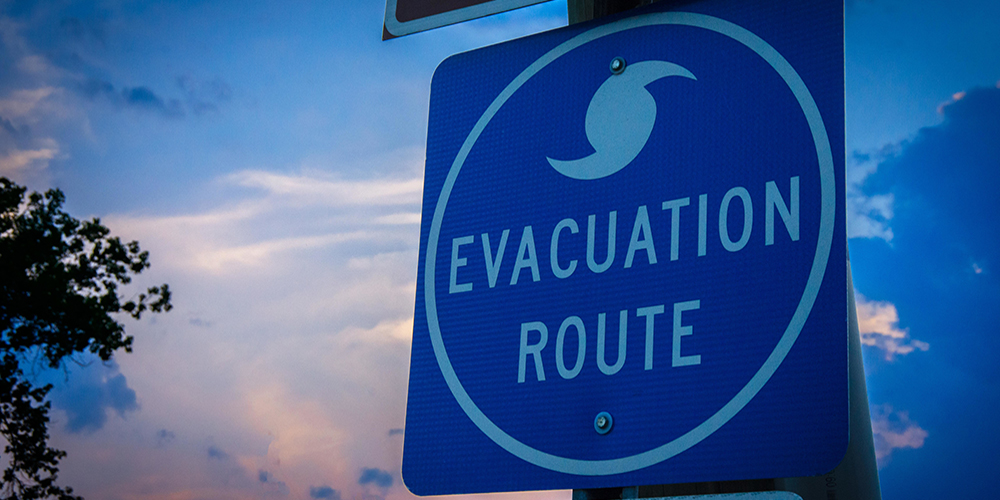Hurricane season has begun and officials in many states are scrambling to update their response plans to ensure they address challenges posed by the coronavirus pandemic.
How will social distancing measures be put in place at shelters? What about people seeking shelter who are elderly and more susceptible to the virus? How will shelter workers and volunteers who come into contact with hundreds of people a day get the proper personal protective equipment (PPE) they need? These and many other challenges are being addressed by coastal states.
The Associated Press surveyed over 70 counties and states and found more than 60% of coastal counties said that as of late May, they were still finalizing plans for establishing public hurricane shelters, handling the sick and elderly, obtaining PPE and determining cleanup costs.
Many emergency management directors expressed concerns about evacuation plans, as well as social distancing in shelters or on buses used to transport affected individuals. Shelters would need to screen evacuees and provide face masks.
“Our biggest change to our hurricane plan is sheltering. How are we going to shelter those that have to evacuate? How are we going to shelter those that are positive-COVID patients? There are multiple ideas that we are considering right now,” Mississippi Emergency Management Agency Director Greg Michel told AP News.
Some counties are considering the use of hotels as smaller-scale shelters. School gymnasiums are often used as shelters but officials are considering using other parts of schools as well.
While shelters were the most mentioned concern in the survey, comfort levels with other aspects of hurricane preparedness varied, often reflecting how states handle disaster plans differently.
Many officials said they are concerned cleanup will take longer than normal. Search and rescue teams, utility workers and volunteers who help clean up may be slow to respond or not respond at all due to COVID-19 concerns. Catastrophic-risk modeler Karen Clark said these and other issues could lead to a 20% increase in storm cleanup costs.
In North Carolina, several counties said PPE was the biggest shortfall. In Newport News, Va., Fire Chief Jeffrey Johnson said handling the evacuations of nursing homes, hospitals and COVID-19 patients “is one of the most difficult challenges and would require a larger state response.” Access to federal funds was also a commonly mentioned shortfall.
Officials in Nueces County, Texas — which was hit hard by Hurricane Harvey — rated their readiness going into hurricane season at a 95 on a 0-to-100 scale before the coronavirus pandemic. That number is now below 80. When Harvey hit back in 2017, nearly 10,000 people slept shoulder to shoulder in the city’s convention center for more than two weeks — a plan that seems implausible given the pandemic.
Melissa Munguia, the county’s emergency management coordinator, said if another hurricane were to bring as much rain as Harvey did, the same reinforcements won’t arrive because “everybody’s been working their personnel for many hours for over 100 days.”
Contrarily, officials for Orleans Parish, which was hit by Hurricane Katrina in 2005, said social distancing and protective equipment have been added to its 10-year plan. Collin Arnold, head of the city’s emergency preparedness office, said the plan is “essentially unchanged. It’s a good plan.”
Officials are urging people to use shelters as a last resort and to stay with friends or in hotels if possible. With the U.S. unemployment rate at nearly 15% — the worst since the Great Depression — the latter isn’t an option for many.
While officials hurry to adjust plans, they say a storm surge is much more dangerous than the coronavirus and that residents who are told to evacuate should do so.
“In hurricane season, we can’t have mixed messages. If you live in an evacuation zone, your plan is to evacuate if ordered to do so by local officials,” said former FEMA director Craig Fugate. “This message will not change, COVID or no COVID.”













